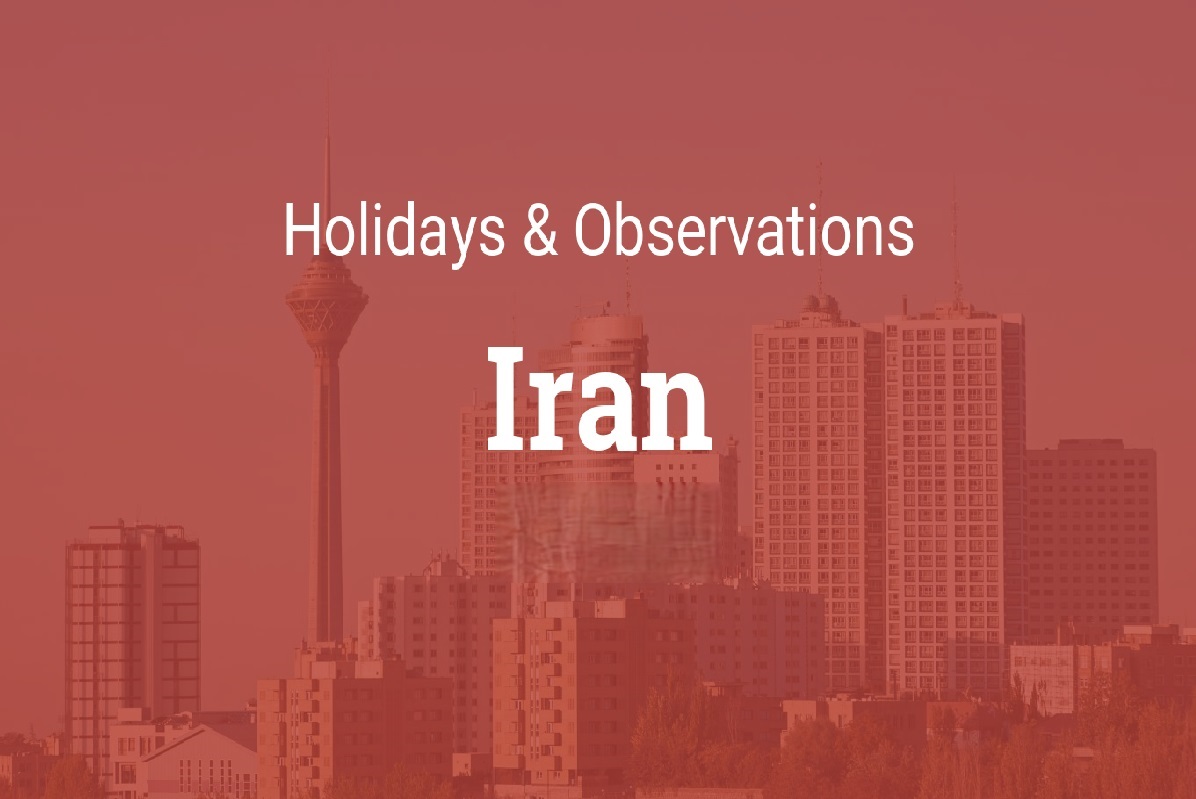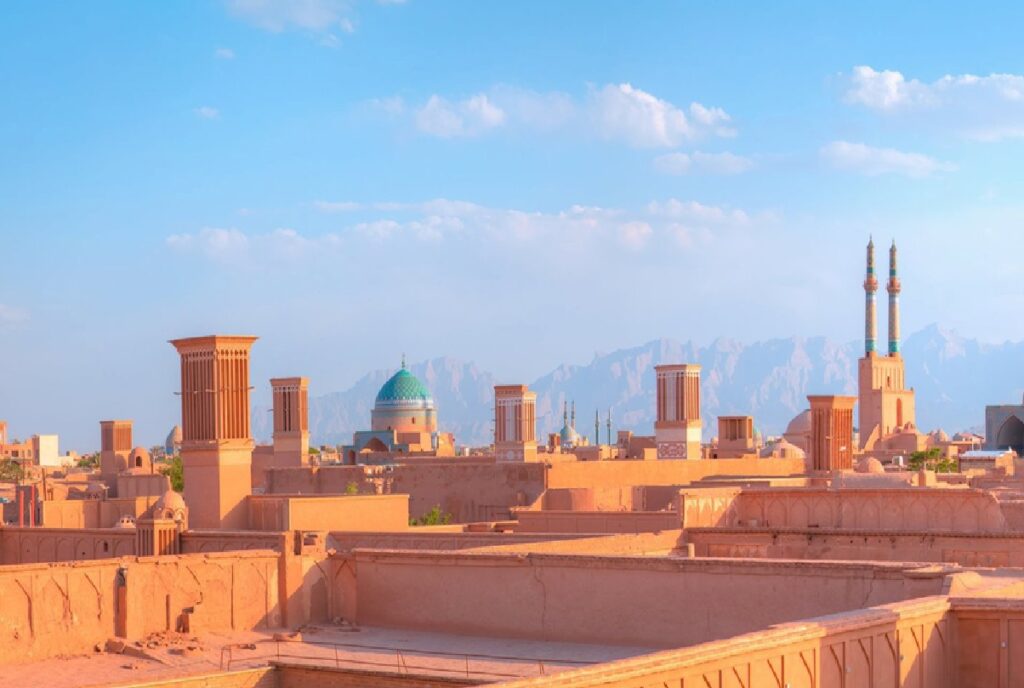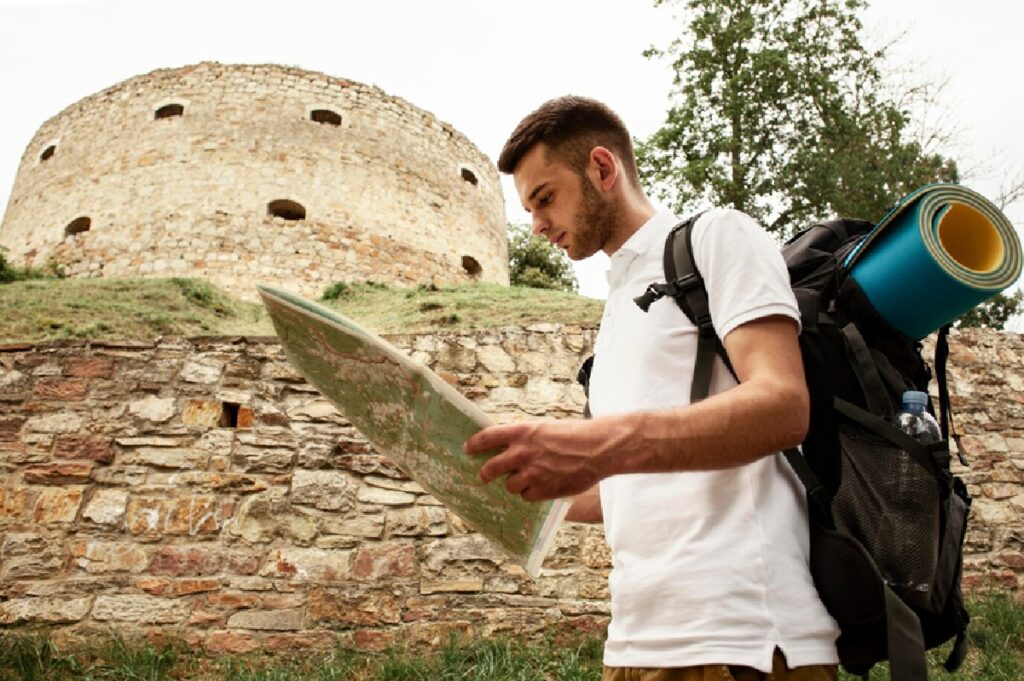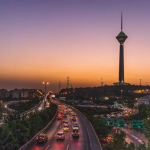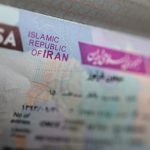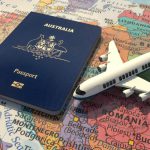Iran, rich in cultural heritage and religious traditions, boasts a diverse official holiday calendar reflecting its deep-rooted history and beliefs. While these holidays offer unique opportunities to experience the country’s vibrant culture, they can also pose logistical challenges for travelers.
From bustling Nowruz festivities to solemn religious observances like Muharram, understanding Iran’s holiday schedule is essential for anyone planning a trip. Official holidays in Iran may temporarily close government offices, banks, and tourist attractions.
However, they also create remarkable opportunities to witness authentic local traditions and engage with the community. To ensure a smooth and enriching journey, tourists should familiarize themselves with the country’s holiday calendar and plan accordingly.
This guide will delve into the key holidays, their impact on travel, and practical advice for navigating these special times.
How Public Holidays Affect Tourism in Iran
Public holidays in Iran significantly influence the tourism experience, offering both challenges and rewards. Understanding how these holidays shape daily life and travel logistics can help you prepare effectively.
- Closures and Limited Services
During major public holidays, government offices, banks, and some businesses close, which may delay travel-related tasks like currency exchange or ticket bookings. Tourist attractions may also have altered schedules, particularly during religious observances like Ashura. - Crowded Destinations and Domestic Travel
Holidays like Nowruz (Persian New Year) see a surge in domestic tourism. Families travel across the country, leading to crowded historical sites, parks, and accommodations. Transportation options, such as trains and buses, often reach capacity during these periods. Tourists planning to travel during these times should book accommodations and transport well in advance. - Cultural Immersion Opportunities
Public holidays provide an unparalleled chance to experience Iran’s culture firsthand. Whether it’s witnessing Nowruz’s vibrant rituals or observing the somber processions of Muharram, these events immerse tourists in the country’s traditions.
Travel Tip: Always research specific holiday dates and their impact on your planned destinations. Flexibility and preparation are key to navigating Iran during public holidays.
Traveling During the Muharram Festival
Muharram, one of the most significant months in the Islamic calendar, marks a mourning period for Shia Muslims. Ashura, the 10th day of Muharram, commemorates the martyrdom of Imam Hussein and has profound cultural and spiritual importance in Iran.
- The Atmosphere During Muharram
The streets come alive with processions, religious chants, and Ta’zieh performances (dramatic reenactments of historical events). Black banners adorn cities, and a somber mood permeates the air. Tourists can observe these events to gain insights into Iranian religious traditions. - Impact on Daily Life
Many businesses, including restaurants and cafes, close or operate on limited hours during Muharram, especially on Ashura and Tasu’a. Reflective and spiritual gatherings replace public celebrations. - Practical Tips for Tourists
Dress modestly in dark colors as a sign of respect. Avoid loud or festive behavior and be mindful of the cultural sensitivities during this solemn period. Observing processions respectfully from a distance is encouraged unless invited to participate.
Read more: Nowruz Persian New Year, All to Know
Traveling During Ramadan
Ramadan, the holy month of fasting, is another significant period in Iran. It’s observed by Muslims worldwide and offers a unique travel experience for those visiting the country.
- Fasting Customs and Public Life
From dawn to dusk, Muslims abstain from eating, drinking, and smoking. This affects the operation of restaurants and cafes, many of which remain closed during the day. Public eating and drinking are discouraged, even for non-Muslim tourists. - Evening Vibrance
After sunset, the atmosphere transforms. Families gather for Iftar, the meal that breaks the fast, and night markets and restaurants buzz with activity. It’s an excellent time to explore Iranian cuisine and enjoy the lively ambiance. - Guidance for Tourists
Be discreet if you need to eat or drink during the day. Respect local customs and consider participating in Iftar gatherings if invited. Ramadan is a time of reflection and generosity, making it a memorable period to experience Iranian hospitality.
Read more: Traveling to Iran During Ramadan: Cultural Insights and Tips
Traveling During Nowruz Holidays
Nowruz, the Persian New Year, is celebrated on the spring equinox and marks the start of a new year in the Iranian calendar. This 13-day holiday is one of the most vibrant and culturally rich times to visit Iran.
- Cultural Significance and Traditions
Nowruz symbolizes renewal and rejuvenation. Families set up Haft-Seen tables adorned with symbolic items, cleaned their homes, and visited relatives. Public spaces are filled with decorations, music, and festive activities. - Festive Atmosphere
Tourists can enjoy traditional performances, bustling bazaars, and open-air celebrations. Cities like Shiraz and Isfahan have become lively, offering a feast for the senses. - Challenges During Nowruz
The popularity of Nowruz among Iranians means that accommodations and transport options are often fully booked. Tourist sites can become crowded, and prices for services may rise.
Travel Tip: Plan and book your trip well in advance. Consider exploring off-the-beaten-path destinations to avoid the holiday crowds.
Read more: Traveling to Iran during Nowruz
Dos and Don’ts for Tourists During Holidays
Navigating Iran’s public holidays requires cultural awareness and respect. Here are some key dos and don’ts:
Dos:
- Research the holiday calendar to avoid surprises.
- Dress modestly, especially during religious holidays like Muharram and Ramadan.
- Participate respectfully in local traditions and festivities when invited.
Don’ts:
- Avoid eating, drinking, or smoking in public during Ramadan.
- Steer clear of crowded areas during processions unless you know the customs.
- Refrain from taking photos of people without permission, particularly during religious events.
By adhering to these guidelines, tourists can enjoy a more enriching and respectful travel experience.
Understanding Religious vs. National Holidays
Religious and national holidays in Iran differ in their origins, significance, and impact on daily life:
Religious Holidays:
- Examples: Ashura, Ramadan, Eid al-Fitr.
- Rooted in Islamic traditions, these holidays often involve spiritual practices, communal prayers, or mourning rituals.
- Impact: Many businesses and attractions close, public transport operates on a reduced schedule, and the atmosphere is more solemn.
National Holidays:
- Examples: Nowruz (Persian New Year), Revolution Day.
- These holidays celebrate cultural or historical milestones, often marked by joyous gatherings, festivities, and national pride.
- Impact: While government offices and schools are closed, tourist attractions like parks and museums may remain open but are usually crowded.
Tips for Tourists:
- Plan visits around Nowruz for vibrant cultural experiences, but book accommodations early.
- During religious holidays, prepare for closures and reduced transportation options. Respect local customs by dressing modestly and avoiding public celebrations.
Quick Comparison of Religious vs. National Holidays
| Aspect | Religious Holidays | National Holidays |
| Examples | Ashura, Ramadan | Nowruz, Revolution Day |
| Atmosphere | Solemn and spiritual | Festive and celebratory |
| Business Closures | Many businesses close | Some closures, but markets stay open |
| Transportation | Limited services | Crowded with domestic travelers |
| Tourist Impact | Respect cultural norms | Plan for peak demand |
| Tips for Tourists | Dress modestly, avoid public eating | Pre-book and explore less-crowded spots |
Special Regional Celebrations and Events
Iran’s diverse regions add unique flavors to national and religious holidays:
Kurdistan:
- Nowruz: Fire-jumping and music symbolize new beginnings.
- Local dances and folklore make the celebrations distinct.
Yazd:
- Known for Ashura processions, where residents perform theatrical reenactments of historical events.
- Travelers can witness Iran’s wealthy religious traditions in a deeply spiritual setting.
Southern Iran:
- Fishing Festivals and unique Nowruz customs reflect maritime culture.
- Vibrant music, dances, and food highlight the region’s heritage.
Examples of Enrichment:
- Attending the Golabgiri Festival in Kashan during spring adds a sensory layer to your trip.
- Joining local Zoroastrian celebrations in Yazd offers insights into ancient traditions.
Conclusion
Iran’s official holidays offer travelers an unparalleled opportunity to connect with the country’s cultural and spiritual essence. While these holidays may pose logistical challenges—such as closures and crowded attractions—they also provide a gateway to authentic and memorable experiences. By understanding the significance of these holidays and planning accordingly, tourists can navigate the complexities and embrace the unique opportunities they present.
Whether it’s the lively celebrations of Nowruz, the spiritual atmosphere of Ramadan, or the solemn rituals of Muharram, each holiday offers a glimpse into Iran’s rich heritage. With preparation and cultural sensitivity, you can ensure a rewarding journey that leaves lasting memories.
FAQs about Official Holidays in Iran That May Affect Your Trip
What are the most important public holidays in Iran for tourists to experience?
Nowruz, Muharram (Ashura), Ramadan, and Yalda Night are some of the most culturally significant holidays.
Do tourist attractions remain open during public holidays in Iran?
It depends on the holiday. Cultural holidays like Nowruz often see open and bustling attractions, while religious holidays like Ashura may lead to closures.
Are shops and bazaars open during religious holidays?
Many businesses close during major religious holidays, but some bazaars may operate with limited hours.
Can tourists participate in local celebrations during the Iranian holidays?
Yes, tourists are welcome to respectfully observe or participate in events like Nowruz gatherings or Ashura processions.
What should tourists wear during religious holidays?
Modest clothing is recommended, with darker colors preferred during Muharram.
What is the best time to visit Iran to experience public holidays?
Nowruz offers vibrant spring festivities, while Ramadan provides a peaceful spiritual experience.
Are there any restrictions for tourists during Iranian public holidays?
Yes, public eating and drinking are discouraged during Ramadan. Transportation and accommodations may also be affected during peak holidays.
What should tourists know about Iranian public holidays?
Planning and cultural sensitivity are essential for a smooth trip.
Is it safe to travel to Iran for holidays?
Yes, Iran is generally safe, and its people are known for their hospitality. Preparation and awareness of holiday customs will enhance your experience.

